El Chorro lies just 50km from the shores of the Mediterranean and the Andalucian city of Málaga and is one of the world's best known climbing destinations. Back in the 1980s, it was one of the first venues in Europe to be equipped with sport routes, with the initial developments being close to the village and within the gorge itself. Since then, the number of crags and routes has multiplied at a steady rate and now extends across the impressive Frontales cliffs that loom over the village. Beyond this, the Andalucian landscape provides limestone and crags aplenty, many the equal of the best on offer around the village. Some of these tremendous near neighbours, such as the higher crags of El Torcal, Túron and Desplomilandia, and the coastal tufa-clad Puerto Rico are all are within a reasonable drive of El Chorro for day visits.

The single and multi-pitch routes on offer and the grade range will satisfy all who are planning a visit. The routes range from world-class hard routes, through a vast selection of superb mid-grade pitches, to an ever-increasing number of sectors and whole crags that give climbers operating in the easier grades plenty of choices. As well as the plethora of single-pitch sport climbs there is an increasing number of multi-pitch fully-bolted lines, with a number of routes of up to around ten pitches across the grade range.
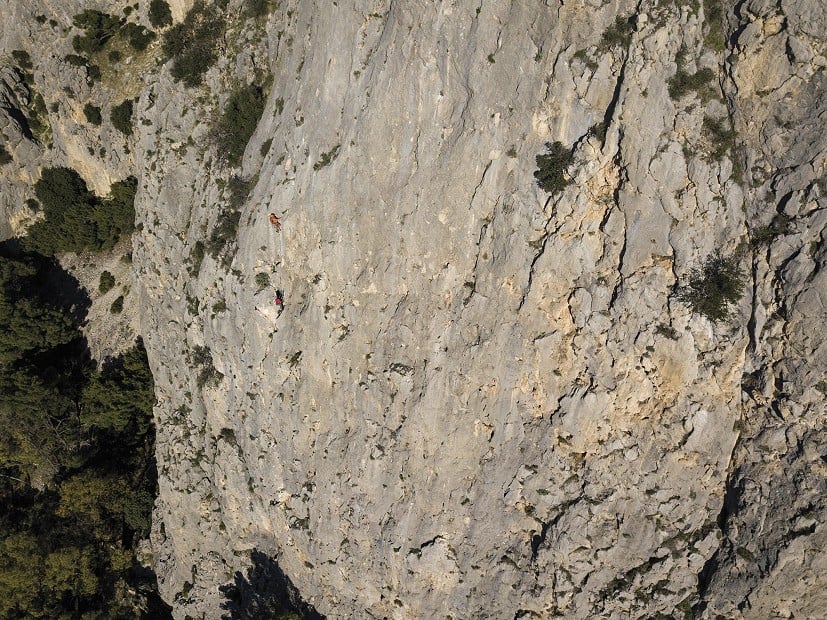
The small village of El Chorro, sitting at the base of the massive gorge, has become the focal point of climbing over the years. Local accommodation businesses have popped up aimed at catering for the specific needs of climbers and there is now a great choice of places to stay, ranging from large guesthouses to small self-contained villas and apartments.
Following the re-opening of the Caminito del Rey in 2015, the area has undergone a major boost as a tourist destination and the village is now a bustling centre. A consequence has been the restriction of climbing in some of the older climbing areas like the Lower Gorge itself, although luckily the increase in routes available elsewhere has more than compensated for this.
The region has much to discover beyond climbing. The coastal fringe is heavily developed for tourism, but the inland mountains are a total contrast, dotted with classic Andalucian villages that are excellent places to soak up some of the area's relaxed culture and eat at the many bars and restaurants. Conversely, the cities of Sevilla and Granada offer an opportunity to sample Spanish city life at its grandest.El Chorro's reputation for top notch sport climbing, stunning countryside and its near-perfect 'off season' climbing weather make it an ideal destination. Whether you are a first-time winter sun seeker or long-term visitor returning looking for something new to do, you will be assured of some great climbing and the opportunity to bask in the undoubted charm of this lovely part of the world.
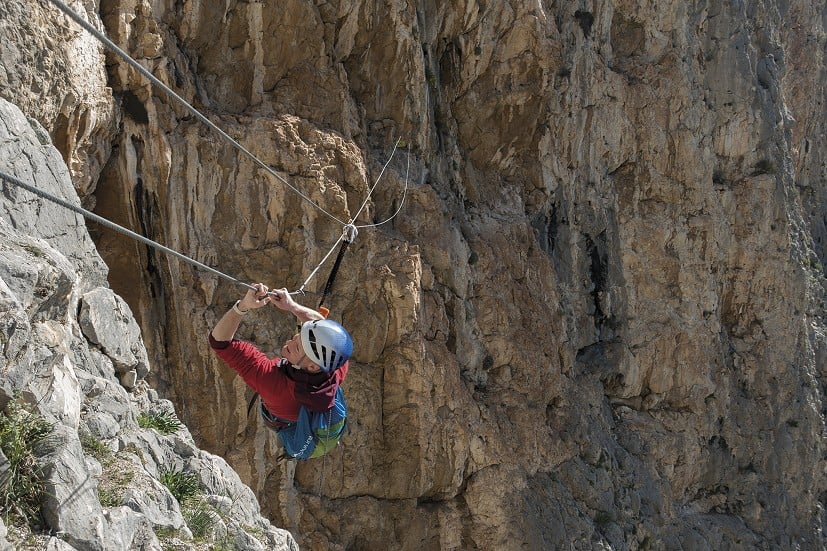
Gear
For most of the sport routes in this book, you will need around 12 to 18 quickdraws and a single rope. There are some very long pitches and extensions where you may need many more quickdraws, so take care to equip yourself properly.
Ropes - A 70m single rope is advised and an 80m is an even better option. A 60m rope may get you up and down many of the routes, but it is much safer to use a longer rope - there are a lot of pitches across the grades in El Chorro that are longer than 30m. The multi-pitch routes can mostly be abseiled on a doubled 80m rope (or two 50m ropes if that is your preference) but check the descent information carefully since there are exceptions.
Other Gear - Beyond these essentials, you may find tape useful for bandaging your fingers if the prickly rock starts to take its toll. For multi-pitch routes, a small sack with a water bladder and a long-sleeved shirt is a good idea. It is also strongly recommended that you wear a helmet.
Crag Access
Since the publication of the last Rockfax guidebook in 2008, there have been significant changes to access in the El Chorro area, and further afield. The most significant is the closure of climbing in the gorge itself (both the upper and lower) following the refurbishment of the Caminito del Rey and its opening to the public. A review by the Andalucian authorities has now defined where climbing can and cannot take place, most significantly in and around El Chorro and at El Torcal. Below are the main points relating to access that climbers need to be aware of when visiting.
Driving on the 'Haza del Río' to Frontales and Escalera Arabe - The 'Haza del Río' is the track which goes from the bend by the water tank below Las Encantadas, below Frontales and Escalera Arabe and on to Serena. In the past this track has been used by climbers to get close to Frontales and Escalera Arabe in their cars. You may still see both visiting and local climbers' cars driving and parked on the track, but it is not allowed - you may get fined and it may damage future access for climbers.
Escalera Arabe - There are two fenced off areas on the east side of Escalera Arabe on sector Suiza and El Navigador Pillar. It is forbidden to climb in these areas because of protected flora. The fences are sometimes in disrepair, but this doesn't change the regulation.
El Corral East - The walls of El Corral East have a seasonal restriction due to nesting birds. No climbing from 1 March to 30 September.
Railway Tunnels - Walking through the railway tunnels is banned and the entrances are blocked off with large sections of fencing and occasionally by guards posted at the tunnel entrances at popular times. Although this has made the approach to the climbing at El Polvorin, Los Cotos and Makinodromo longer, these crags can still be reached at all times without the need to use the tunnels - see p.172. You will still see people going through the tunnels, but it is against the regulations and fines are sometimes imposed.
The Caminito del Rey
The old walkway was built between 1901 and 1905 to allow workers on the hydroelectric power stations in the area to access the gorge - the Desfiladero de los Gaitanes - for maintenance and inspection. In 1921 King Alfonso XIII visited the area to open new dam developments and walk the gorge. After this, the walkway became known by its present name Caminito del Rey ('the king's little way').
During the early climbing developments in the 1980s the walkway provided a memorable and exciting method of reaching the walls inside the lower gorge and some great routes were put up. Even in these early days the walkway itself was rapidly deteriorating and becoming evermore risky as sections went missing each year! Eventually, in around 2000, the first section of the walkway was removed to prevent public access. Climbers, however, are far harder to keep away so activity continued even after the first section had become more difficult to negotiate. Later the decision to re-develop the walkway as a tourist attraction was made and work started in 2014 and in March 2015 the Caminito del Rey was re-opened to the public.
The new walkway remains an extraordinary undertaking and is billed as one of the world's most impressive walks. As a consequence, it has become a major tourist attraction and is extremely popular. Access to the walkway is only from the northern entrance to the gorge and numbers are strictly limited. Booking is essential at most times - caminitodelrey.info. The consequence for climbers is that we can no longer access the climbs in the lower and upper gorge. This has removed a few great routes, but many had fallen into disrepair and neglect anyway.
Caminito Climbers' Day Pass - Climbers are supposed to be able to get to the central gorge using the Caminito for free. The idea is that you can simply turn up at the main northern entrance gate early in the morning with your climbing gear and proof of insurance, and you will be escorted to the central gorge area opposite El Polvorin. You need to be picked up later in the day at a pre-specified time. In practice, this is not always the case and the regulation appears to be somewhat sporadic. Additionally, it does make for a very long walk-in to the climbing plus the hassle to drive round and the need to finish at a specified time, but it is a unique way of getting to the climbs if it works.
Logistics
When to Go
The best weather for climbing is normally to be found between the middle of October and the beginning of May. During this period the air temperatures can be perfect and the options of sun, shade and/or altitude can be utilised to keep the ambient temperature comfortable. In the winter months it can be cold so a warm coat and hat are essential, but there are plenty of good sunny crags available so it is certainly worth considering in December, January and February. El Chorro is at its best in the autumn and spring, although it can get very hot so shorts, sun cream and a sun hat should not be forgotten. Wet weather does occasionally close in, but the chances of a complete washout are low and there is usually somewhere dry to climb. Summer from June to mid-September is worth avoiding as inland temperatures can hit a stifling 40˚C! If you do get caught during a hot spell, the shade at Desplomilandia or the altitude of El Torcal might be cool enough to venture out on to the rock without frying.
Getting There
The closest major airport to El Chorro is Málaga International Airport. This is one of the best served and most popular airports in Europe, with flights from all major European destinations throughout the year. Málaga is also served by the high speed AVE train system if you want a non-flight method of getting to the area.
Accommodation Advertise here
No Premier Listings found in this area
Climbing Guesthouses - There are a number of excellent refugio/guesthouse-style set-ups in El Chorro that offer a good standard of accommodation and are fully geared towards the rock climbing market (during the climbing season). A big advantage for those travelling on their own is that there are always plenty of other climbers staying at these spots and many of the crags can be reached on foot. The three places listed below also offer self-catering apartments.
Apartments, Villas and Cottages - There are many accommodation options available in the immediate surrounds of El Chorro. These vary from small cottage-style terraces, to huge villas complete with pools. Plenty of it is within walking distance of the crags and El Chorro village for those without a car. The surrounding villages and towns also have many places of all shapes and sizes to rent and will be of interest to those looking for a broader selection of shops, eating and cafe/bar options such as those in the bustling towns of Álora, Ardales or Valle de Abdalajís. The cost of accommodation is fairly reasonable and you should look for figures from around €100 to €150 per person, per week.
Camping - Camping is available at The Olive Branch and Finca La Campana. The campsite in El Chorro itself has now closed. Wild camping in the National Park of El Chorro is banned and campfires are also forbidden.
Getting Around
A car is advised to make the most of a visit. This will enable you to reach some of the excellent more distant areas like Túron, Desplomilandia, Valle d'Abdalajís and the coastal crags. The road network in and around Málaga is very good and it takes about an hour in good traffic to drive from the airport or train station. The roads through Álora and up to the top of the gorge have been resurfaced and are excellent. As soon as you get off these though, the surface is significantly worse and care is needed on the road up from the village of El Chorro to the main climbing spots. Some of the crags require the final approach to be made on dirt tracks; none are particularly bad to navigate, but care should be exercised during or after heavy rain when they can become rutted and eroded. Driving in the Natural Park on the 'Haza del Río' (the track up to Escalera Arabe and Frontales) is not permitted and fines are heavy - best avoided even if you do see others driving up there.
Without a Car
El Chorro lends itself to those on a tight budget, or those who wish to climb without making use of a car. Travel by train from Málaga to Álora is relatively straightforward, frequent and cheap. The train service to El Chorro itself is more reliable now that the Caminito has been opened, although still only three each day - more information. If you are stuck in Álora, it is easy to catch a taxi or hitch a lift to El Chorro. There is a bus service that leaves for El Chorro from the swimming pool.
Food Shops
There is a small supplies shop in El Chorro village that has the basics, but it is quite pricey. The next closest is in Bermejo where there is also a pharmacy. The best place to shop is in Álora which has a lot of options including a large supermarket.
Outdoor Shops Advertise here
No Premier Listings found in this area
There is a small climbing shop up the hill from El Chorro village. It stocks gear, boots, ropes, chalk and the guidebook. It is on a minor road past Las Encantadas.
Instructor/Guides Advertise here
No Premier Listings found in this area
- DESTINATION GUIDE: The Best of Peak Limestone Sport Climbing (6a – 7a) 9 Jan
- REVIEW: Dolomite Crodarossa Hi GTX Boot 21 Jun, 2022
- REVIEW: Scarpa Gecko Approach Shoe 11 Jan, 2022
- REVIEW: Red Chili Mystix 16 Jul, 2021
- PHOTOGRAPHY: Three Generations on Wall End Slab 12 Jul, 2021
- REVIEW: Arc'teryx Creston Pant 25 Sep, 2020
- VIDEO: Removing Loose Rock at Horseshoe 20 Jul, 2020
- REVIEW: Montane Protium Pull-on 16 Jun, 2020
- REVIEW: Lowe Alpine Rogue 48 5 Jun, 2020
- FEATURE: The Story of a Cartoon and Satire in the '90s 1 Apr, 2020

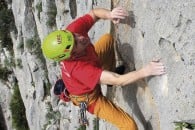

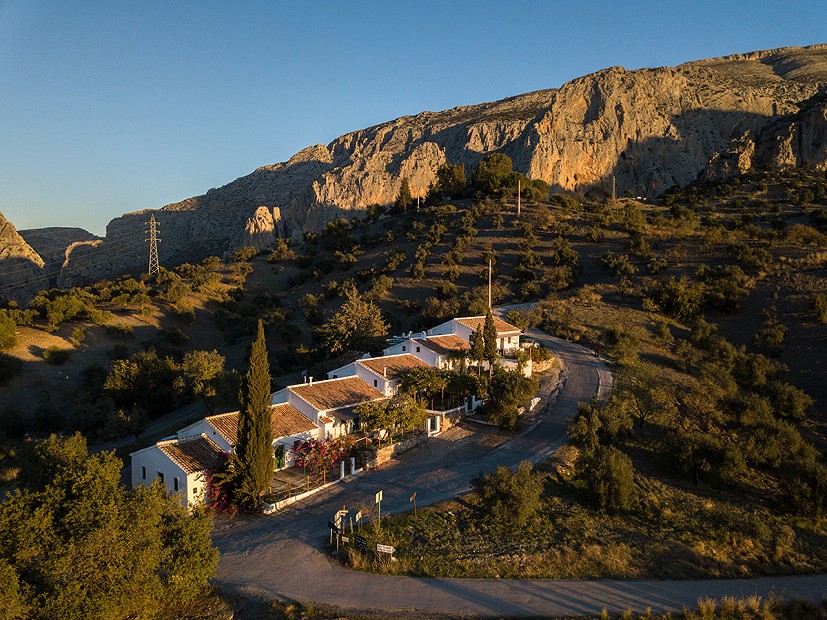
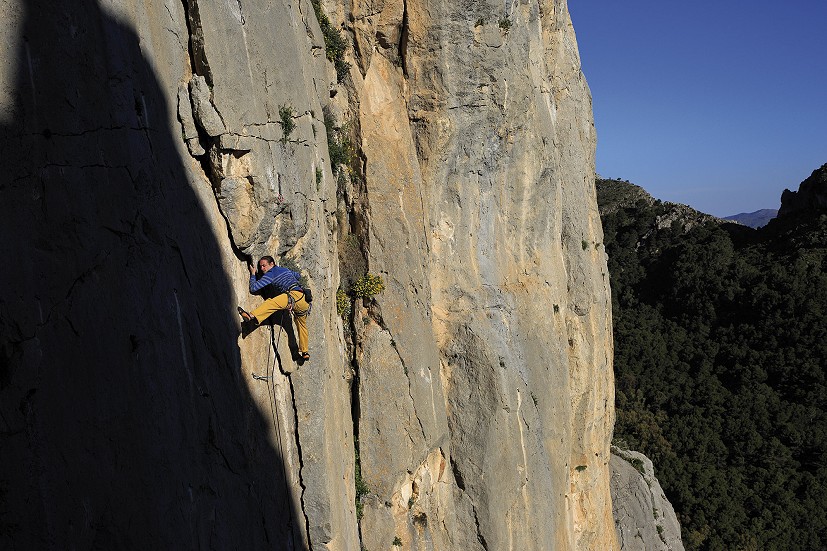
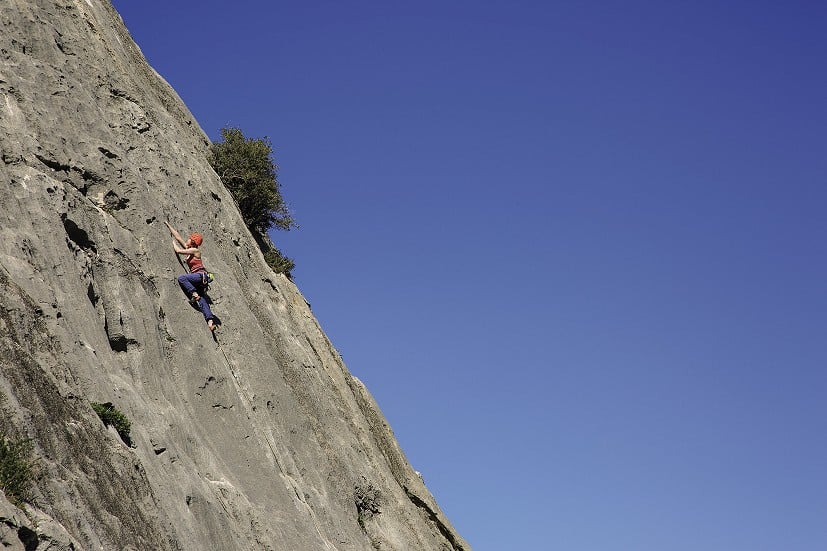

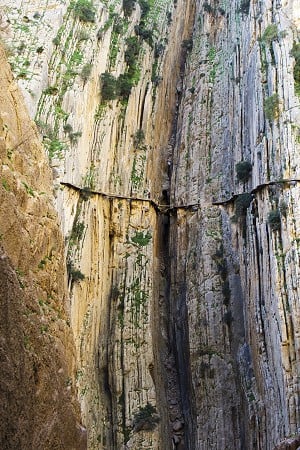
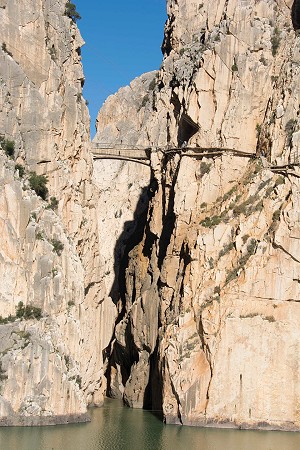

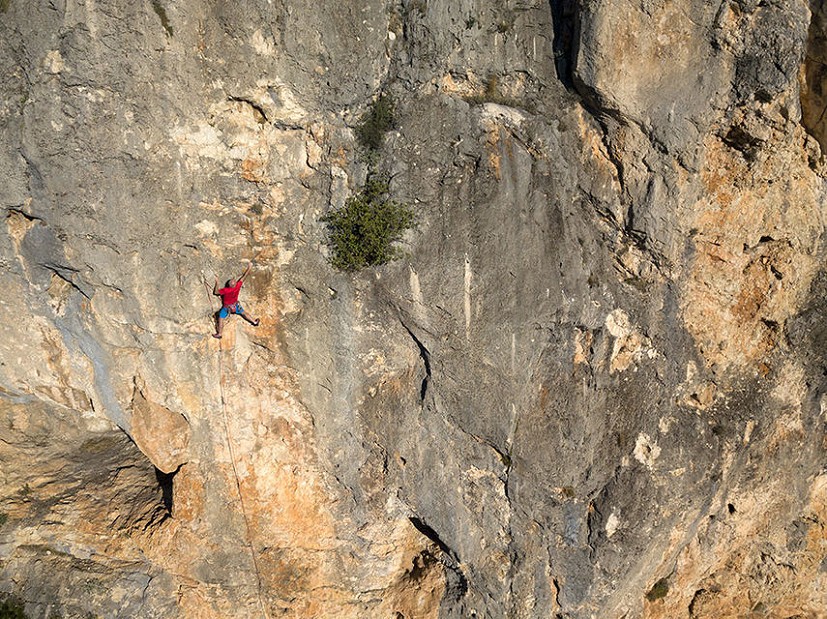

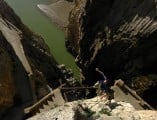

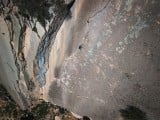
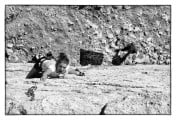
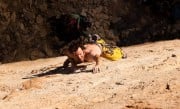



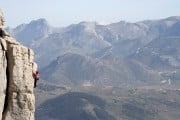

Comments